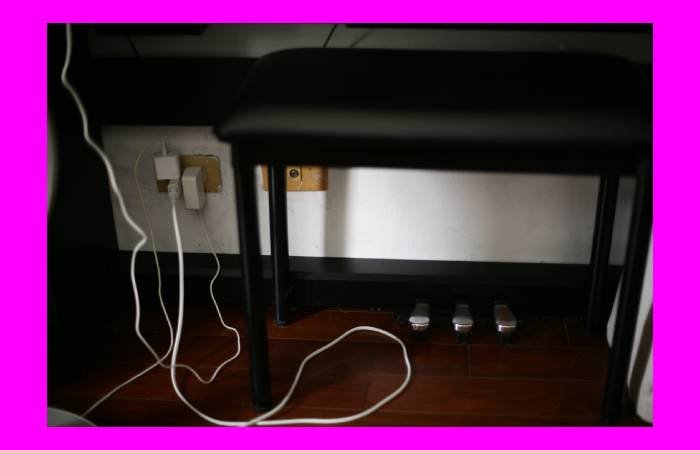Introduction
Code Grabber – It is an electrical device whose primary job is to scan these codes and transmit the data to a terminal or computer that will manage and store the data gleaned from the readings taken. The terminal or computer may use WiFi, Bluetooth, or cable antenna to communicate the data. Speeding up and ensuring the labelling of samples and their subsequent reading to work with them is one of the basic tasks in the laboratory. In recent years, in most laboratories that process large pieces, labelling control systems have become widespread using artificial vision and barcode reader systems.
History Of Code Grabber?
Barcode scanners were first used in 1974 when the first commercial laser applications were developed. The first record was the price of a pack of gum. The barcode reader or scanner is an electronic device that uses a built-in laser to read a barcode and output the info (the number) that represents the code, not the image. Thus, the tedious job of entering the codes disappears. And the time and resources invested are considerably reduced. In addition, it ensures that there are no errors that would jeopardize the traceability of the model.
The reading of the code is carried out by passing a small point of light over the printed symbol of the barcode. Only a thin red line emitted from the laser scanner is visible to the naked eye. This happens because there are some small mirrors in front of the laser emitter. One of which vibrates through an electromagnet that generates this beam of light, converting the laser point into a line.
How To Use Code Grabber?
The reader’s laser (the light source) starts reading the barcode at a white space (the fixed area before the first bar), continues through to the last line, and ends at the white space that follows it. Since the code cannot be read if the scanner is passed outside the symbol area. The bar heights are chosen to allow the reading area to remain within the bar code area. The longer the information is encoded, the longer the barcode is needed. Consequently, as the length increases, so does the height of the bars and spaces to be read.
Explain The Barcode Readers With Laser Technology?

A laser light-emitting diode (LED): emits a shot beam and bounces off a mirror (double mirror). Double mirror: this mirror is projected onto another mirror (movable mirror) and ends up being shot outwards. When these scanners are activated, a red stripe comes out of them.
Electromagnet: although the beam is only a point, the second mirror, which is the one that bounces it out, executes very fast vibrations caused by an electromagnet on the back. And for this reason. We can see a red fringe (multiple high-speed movements of the second mirror that are invisible to the human eye). When the laser reads the barcode, it bounces off it and makes a reverse path. It bounces off the first mirror and then on the second to join a light sensor where the laser beam enters. The sensor will identify the laser to find out if it has detected a black or white line, transforming this information into binary language and performing its due processing. The marketing of the Code Grabber
Conclusion
The dark bars absorb the light source from the scanner and the light source reflects off the light spaces. The reader receives the reflected light and converts it into an electrical signal. Through another mirror, the glow back is redirected to a light sensors.


